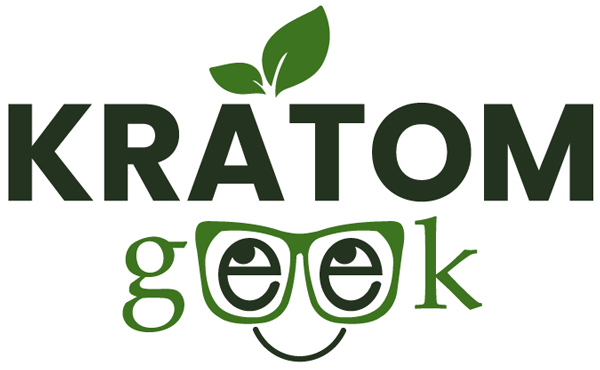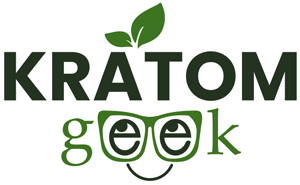The United States Substance Abuse and Mental Health Services Administration (SAMHSA) recently declared kratom as an addictive drug, but it offers no scientific proof to back the claim. Instead, it gives anecdotal reports embellished by doctors using scientific jargon as evidence. Yet, no experiments were conducted to prove the assertions. Even so, the federal agency took it upon itself to place kratom on its website under its “Find Treatment >> Alcohol, Tobacco, and Other Drugs” section.
SAMHSA states kratom is unregulated. And that the plant has a risk of abuse and dependence. Still, there’s no correlating information to back up the argument. But it’s a governmental department that focuses on addiction. So, most people will take the organization’s claim on the site at face value. But, if history proves anything to us, it’s that governments are not in the habit of providing accurate information to their citizens. Actually, it’s quite the contrary. And America is no different. As the political scientist Alexis de Tocqueville once warned, soft despotism has evolved from our republic.
So, instead of listening to government agencies repeat their one-sided takes on a natural substance found in nature, we should be looking at the scientific reports from scientists to understand the facts. Science allows us to leave any biases out of an argument. And more kratom research has been pouring in this year than ever before. In fact, the final report from one experiment was just released that investigated whether kratom has the potential to be abused.
New Study Performed to Determine Kratom’s Addictive Principles
Kratom is a plant that’s been used as folk medicine by the indigenous people in Southeast Asia for several therapeutic benefits. And the natives claim one of the ailments that kratom helps to alleviate is pain. And actual scientific studies suggest kratom does help to treat pain. The only problem, though, is we don’t have much information about the plant’s abuse potential. Instead, we have federal agencies like SAMHSA just making an assertion that kratom is addictive without evidence.
Therefore, a team of researchers investigated to determine if the primary kratom alkaloid, mitragynine, and its active metabolite, 7-hydroxymitragynine, had rewarding properties that would suggest a potential for abuse. And the test would use a known addictive opiate, morphine, as a reference drug in the experiment.
All three of the compounds were tested on male and female rats using an intracranial self-stimulation (ICSS) procedure. In such a test, rats are prepared with stimulation electrodes into the medial forebrain bundle (MFB) and were trained to respond for electrical brain stimulation. That allows the doctors to evaluate the rewarding/aversive nature of the molecular compounds. It also lets them know if the drugs have any sedative properties. Rewarding doses of drugs decrease the brain reward thresholds. But aversive drug doses have the opposite effect and increase the brain reward threshold.
But before we talk about the results of the test, it might be best to discuss how the ICSS procedure actually works in a test subject. Then you’ll understand the data a little better.
The Intracranial Self-Stimulation Procedure
Within our brains, there is a small portion that is activated by natural rewards (food, water, sex, etc.) and artificial rewards like drugs that have highly addictive properties. That part of the brain is known as the reward system. And scientists use it to understand the brain-stimulation reward (BSR) that becomes present when studying addictive substances.
Whenever a rewarding stimulus is presented to the test subject, the information travels via an electrical signal through a designated pathway. One major pathway would be from the ventral tegmental area (VTA) to the nucleus accumbens and finally up to the prefrontal cortex. Now, other pathways are used, but this is one of the primary paths. And when addictive drugs are concerned, the increase of dopamine transmission also increases the activity of the reward pathway.
With the intracranial self-stimulation (ICSS) procedure, scientists place intracranial electrodes into the targeted brain regions to examine the stimulation threshold associated with the use of a drug. And understanding the phenomenon is important because abuse liability—the tendency for a drug to be used in non-medical applications—has critical public health implications. So when administering ICSS, drugs that have an increased addiction liability normally decrease the stimulation threshold in the test subject. However, any drug with aversive chemical properties will generally increase the stimulation threshold of the subject. And these pharmacological tests allow us to determine if a particular brain pathway is activated for a reward. If it is activated, the compound has the ability to be misused.
The Results of the Scientific Study
With the study completed, the data collected gave scientists more insight into whether kratom is as addictive as SAMHSA claims. And the researchers found that all three of the substances provided to the rats (mitragynine, 7-hydroxymitragynine, and morphine) all affected the brain reward thresholds in the test animals.
Now, you have to remember with ICSS results that addictive substances seem to lower the brain reward threshold. And non-addictive substances do the opposite: it increases the brain reward threshold.
And since we already know that morphine is highly addictive, it comes as no surprise that the dose of morphine given to the rats (10 mg/kg) lowered their brain reward thresholds. It showed morphine has abuse potential.
Now that you understand what occurs with an addictive substance, we should take a look at kratom.
Scientific studies suggest that 7-hydroxymitragynine is about 13 times more potent than morphine. It’s also the compound that federal agencies claim is highly addictive. However, there’s very little of the compound found in kratom. So to figure out if the molecule is truly as addictive as government agencies claim, the doctors gave the rats a high dose of the isolated compound (3.2 mg/kg) to see what would happen. But according to all the ICSS data from the study, 7-hydroxymitragynine actually increased the brain reward thresholds of the test rats that were used. And that means kratom doesn’t have the potential for abuse claimed by SAMHSA.
The experiment’s results indicate that neither mitragynine nor 7-hydroxymitragynine have abuse potential.
The Addictive Properties of Kratom Are Absent
The results of this particular experiment are important because it suggests that kratom doesn’t have the potential for abuse like the US Department of Human Health and Services (HHS) and the Food and Drug Administration (FDA) have claimed for the past few years. The FDA’s notion that kratom is a highly addictive substance is the main argument it uses when making assertions that the plant should be banned from the United States. So, scientific data that correctly proposes the opposite should be used by the kratom industry.
Now, the results of this experiment don’t give us a definitive answer on the matter of how addictive kratom might be. It’s only one test. We’ll need more to follow that reinforces the provided data. Plus, we need to keep in mind that they performed the test on mice. And sometimes, discrepancies occur on specific species and not others. So further testing on additional mammals will be needed. But the most informative research we could perform on the subject would be to conduct a continuing study on the long-term effects of kratom users.
However, the current study gives the scientific community a stepping stone to take the research further in the future. And it also provides kratom advocates with the necessary ammunition to combat the heavy-handed federal government’s misinformation campaign that it runs against kratom. But, more importantly, it supplies some answers to the millions of kratom users in the US. Not only does it decrease their worries, but it delivers up hope.






